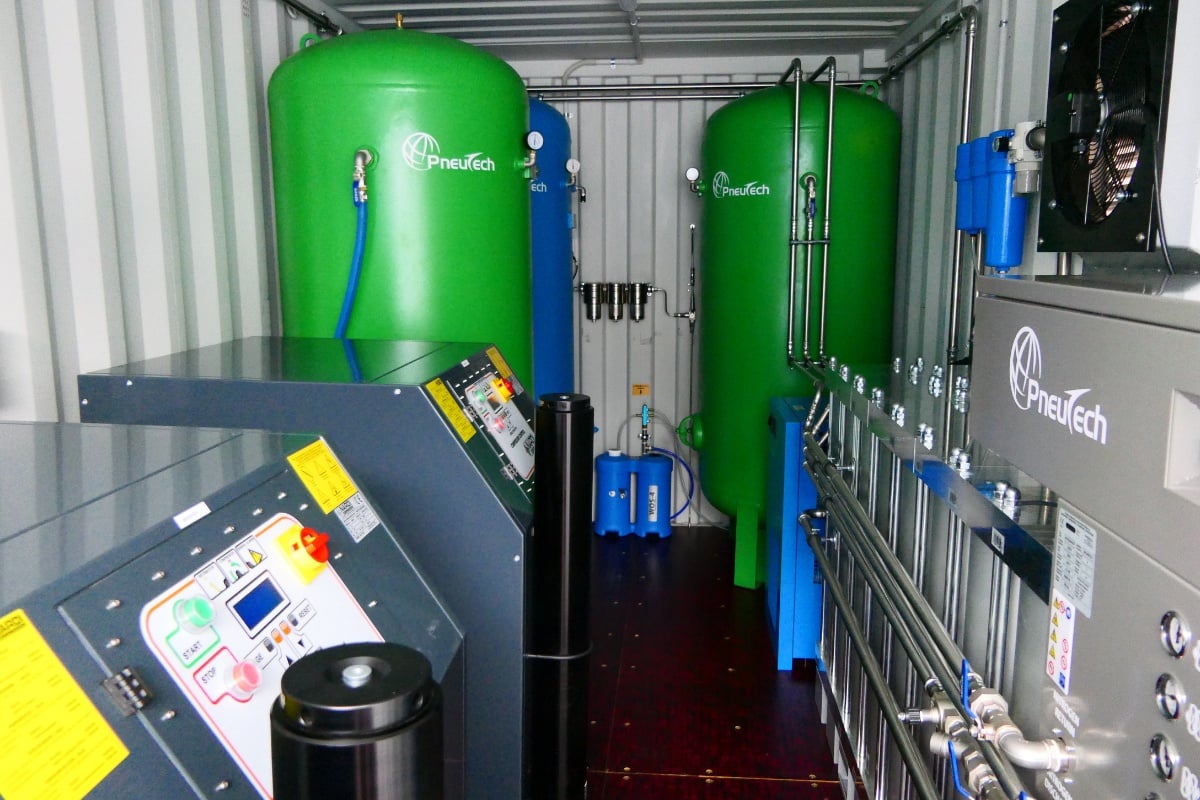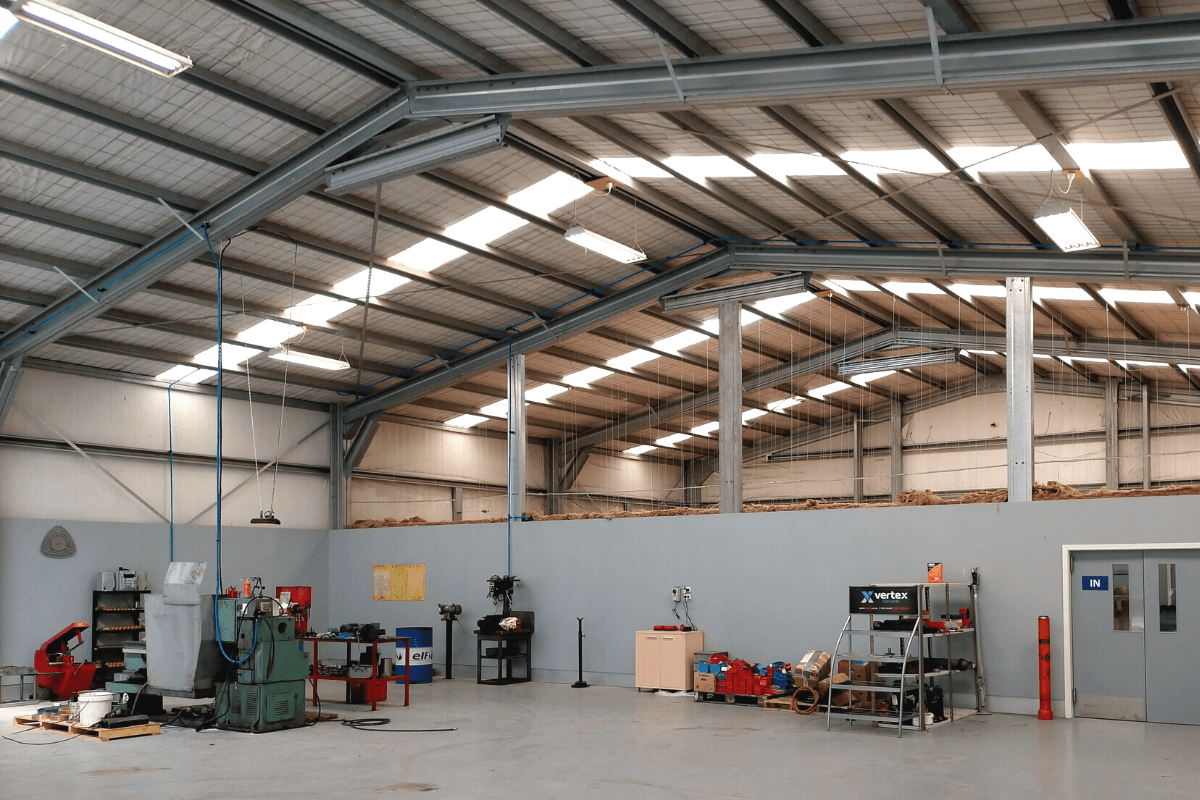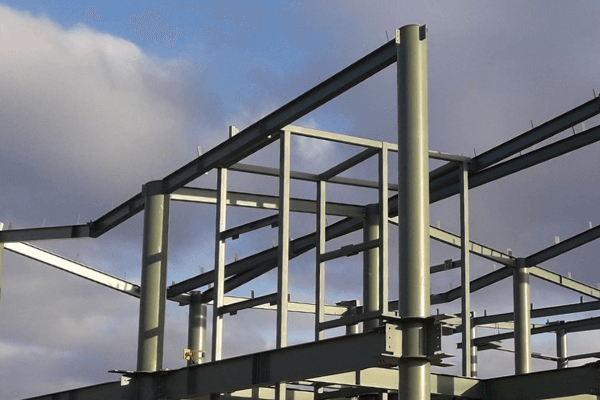Most businesses can tell you exactly what their air compressor costs to purchase and install. Ask them what they lose every time it breaks down, and the answers get vague.
This vagueness is expensive. Without accurate numbers, you can't make informed decisions about equipment purchases, maintenance schedules, or when to replace aging systems. You're essentially guessing at decisions that could save or cost you tens of thousands of dollars annually.
The financial impact of compressor downtime extends well past the repair invoice. When your commercial air compressor stops working, production halts, labour costs continue accumulating, and deadlines start slipping. Calculating your actual downtime costs requires breaking down several components: lost production value, ongoing labour expenses, utilities and overheads that don't pause, and the various knock-on effects that ripple through your operation.
What Actually Costs You Money During Downtime
When an industrial air compressor fails, four main categories of costs start accumulating simultaneously.
Production losses represent your most direct hit. Calculate your typical hourly production output value and multiply it by downtime hours. For businesses operating on contracts with delivery penalties, add financial penalties for late shipments or missed deadlines.
Labour expenses don't stop when equipment fails. Your production staff, supervisors, and support personnel still receive their hourly wages even when the large air compressor isn't running. Count your affected workers, multiply by their hourly rates, and factor in the downtime duration.
Operational overheads continue regardless of production status. Facility rent, insurance premiums, utilities for lighting and climate control, administrative salaries, and other fixed costs continue to run during outages.
Secondary impacts are harder to quantify. Rush shipping fees to catch up on delayed orders. Overtime wages to make up lost production time. Emergency callout charges for after-hours repairs. Customers who reduce future orders after experiencing delays.
Using the Downtime Calculator
We built a downtime cost calculator to help businesses see these numbers clearly. The tool walks you through the four cost categories, asking you to select ranges for your production labour costs per month, monthly utility expenses, equipment and maintenance costs, and other operating expenses.
Once you've entered your operating costs, the calculator asks about your typical downtime scenarios. How many hours does an average breakdown cost you? What is your typical monthly revenue? The tool then calculates the cost of compressor downtime based on your specific circumstances.
The results show you exactly what each hour of downtime costs your operation and what that adds up to over a year. This gives you a baseline figure for evaluating every decision related to your compressed air system.
Want to see what downtime is actually costing your business? Calculate your downtime costs to get your specific numbers in under two minutes.
What the Numbers Tell You
Once you know your hourly downtime cost, several decisions become clearer.
- Maintenance frequency makes more financial sense. If downtime costs you several thousand dollars per hour, regular servicing from an air compressor servicing agent nearby pays for itself by preventing even a single failure. The preventive approach consistently proves cheaper than the reactive one.
- Equipment quality justifies itself differently. A professional air compressor costs more upfront than a cheap air compressor, but the purchase price is only one variable. If the cheaper option fails more frequently, the downtime costs can dwarf the initial savings within the first year.
- Replacement timing becomes less subjective. When an aging commercial air compressor starts requiring frequent repairs, you can weigh the cost of a new system against the escalating downtime expenses. If your current equipment is generating substantial annual costs in downtime and repairs, replacing it stops the bleeding.
The Servicing Question
Regular maintenance doesn't eliminate all failures, but it dramatically reduces their frequency. Businesses that implement proper servicing schedules experience fewer unplanned outages than those running equipment until it breaks.
Planned maintenance carries a known, budgetable cost. Unplanned failures come with repair bills plus all the downtime costs we've discussed. This is why businesses that track downtime costs tend to prioritise servicing schedules, while those without clear numbers often skip maintenance to "save money."
When to Replace Rather Than Repair
Older equipment fails more often. As a large air compressor ages, the time between failures shrinks while repair costs climb. At some point, replacement becomes cheaper than continued operation.
That threshold is different for every business because downtime costs vary dramatically. A facility losing significant revenue per hour of downtime hits the replacement threshold much faster than one with lower hourly costs. The downtime calculator helps you identify when you've crossed that line.
Making Better Equipment Decisions
Understanding what downtime actually costs changes how you evaluate compressed air equipment. The purchase price becomes one factor among many, and often not the most important one.
A commercial air compressor that costs less upfront but fails regularly will cost more over its lifetime than a professional air compressor that runs reliably. The math isn't complicated once you know your hourly downtime figure.
The upfront savings on budget equipment disappear fast when you factor in downtime, repairs, and lost productivity. See the real numbers on cheap versus professional air compressors to understand why the initial price is only one variable in the equation.






.jpg)













